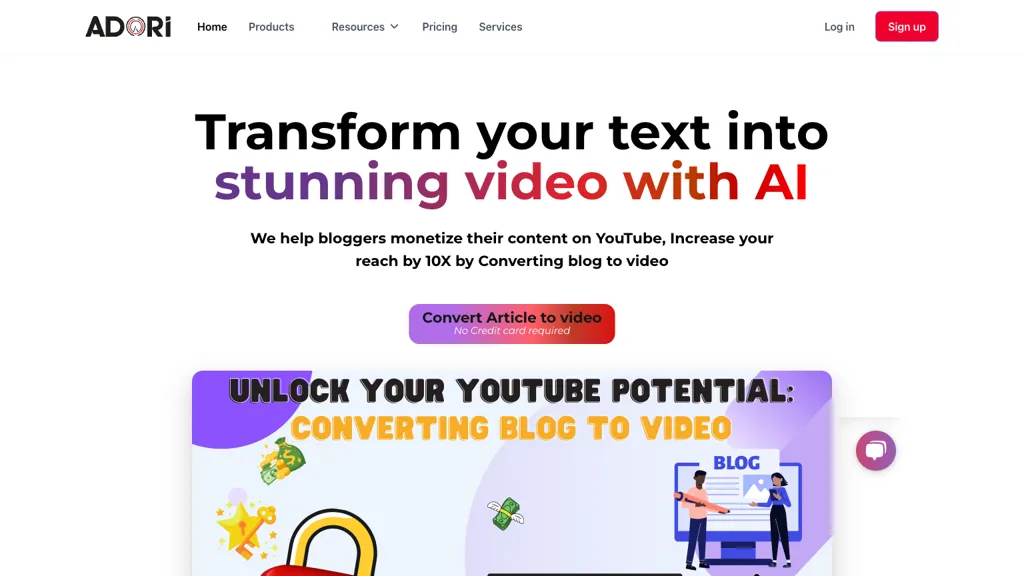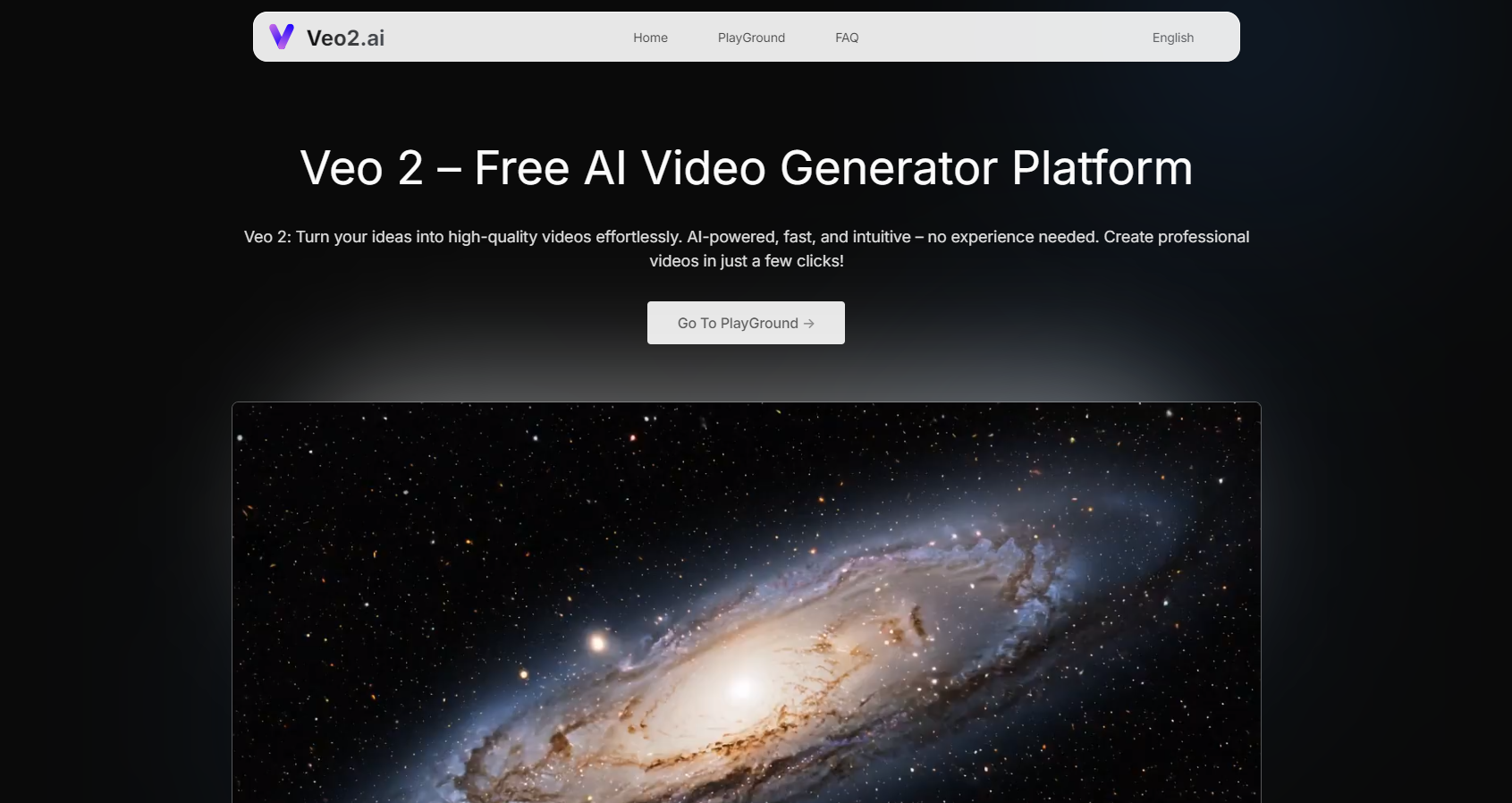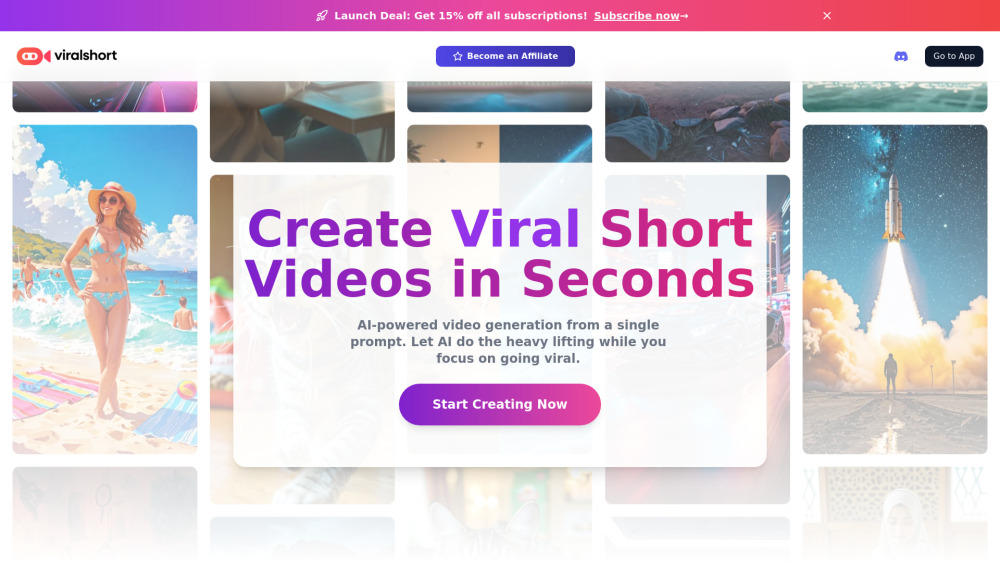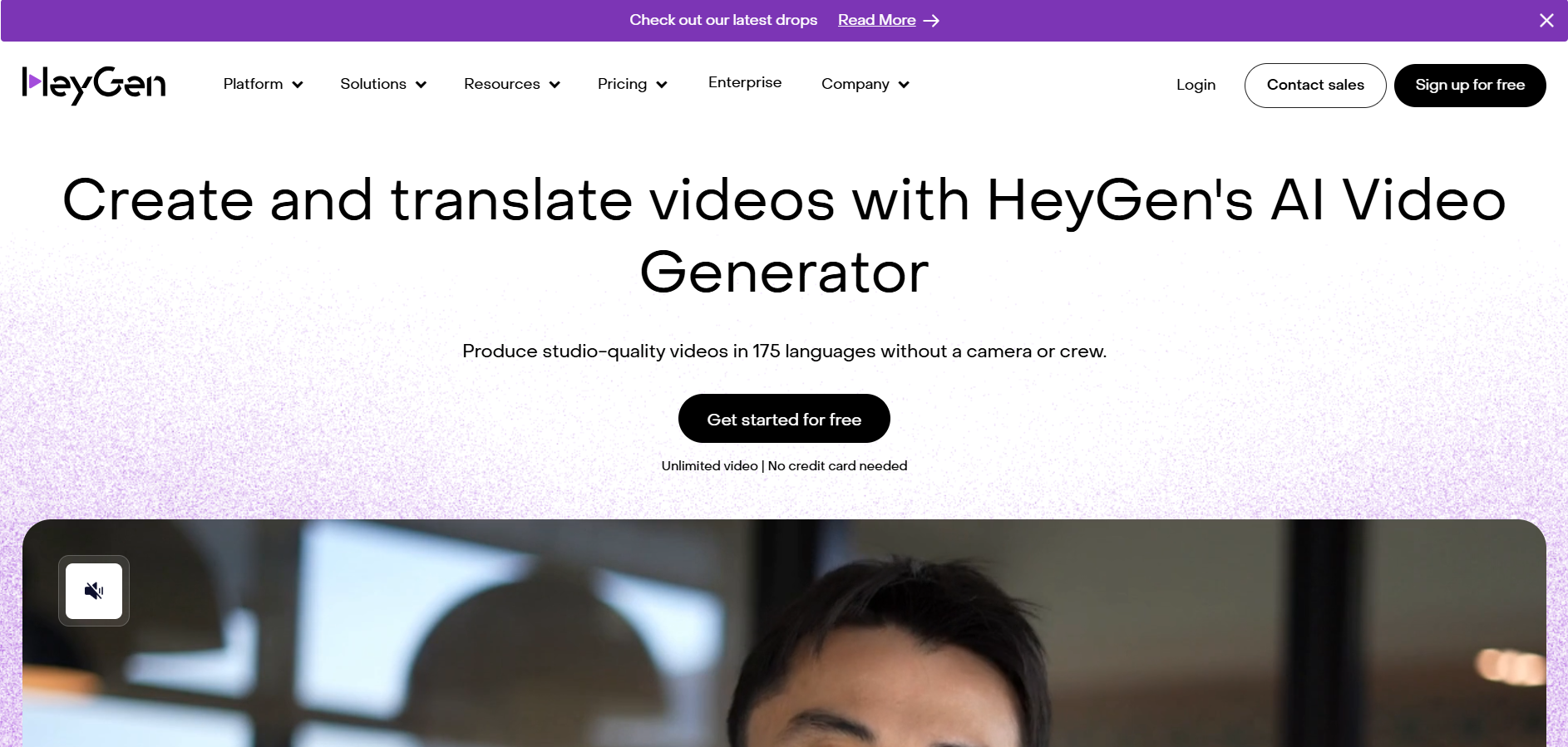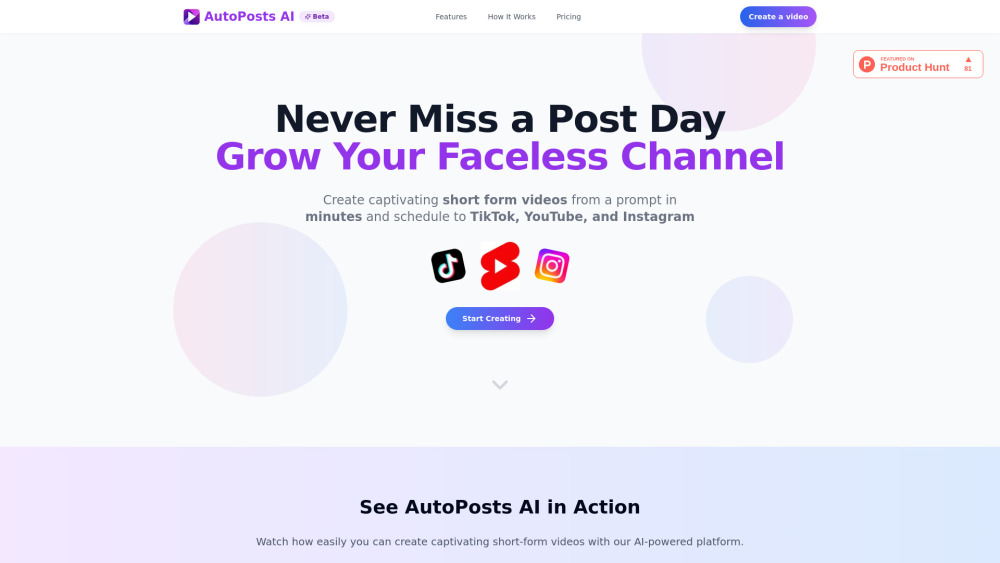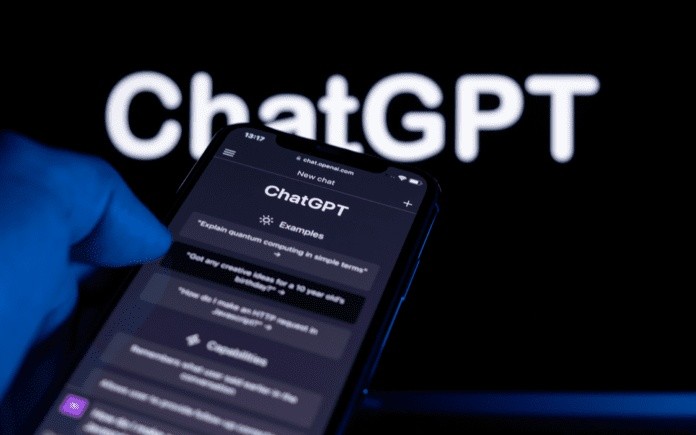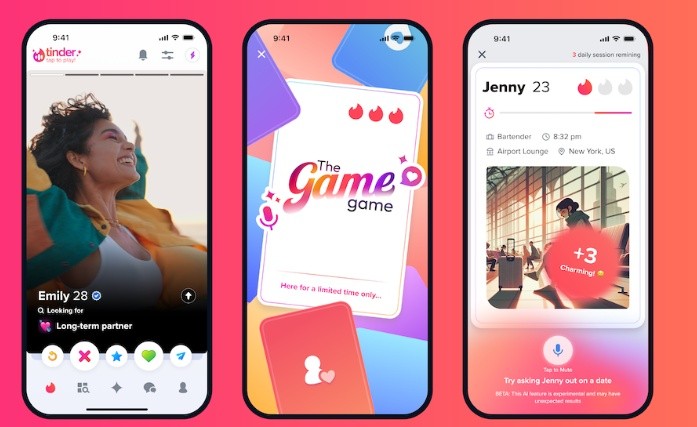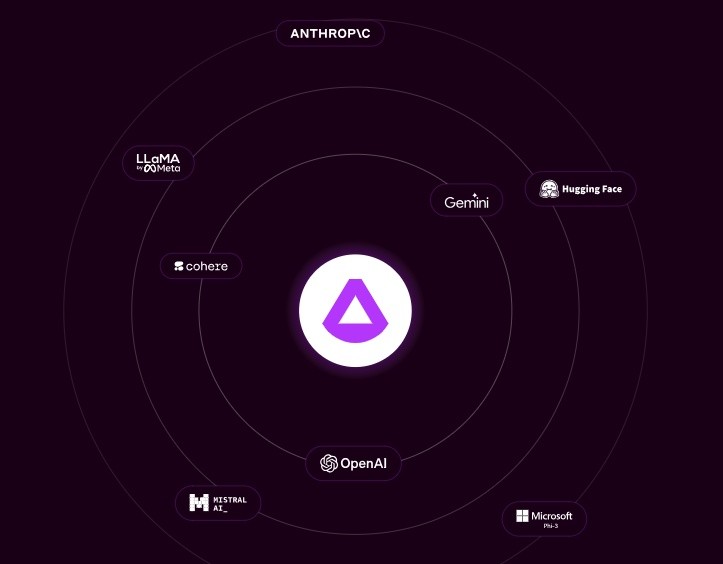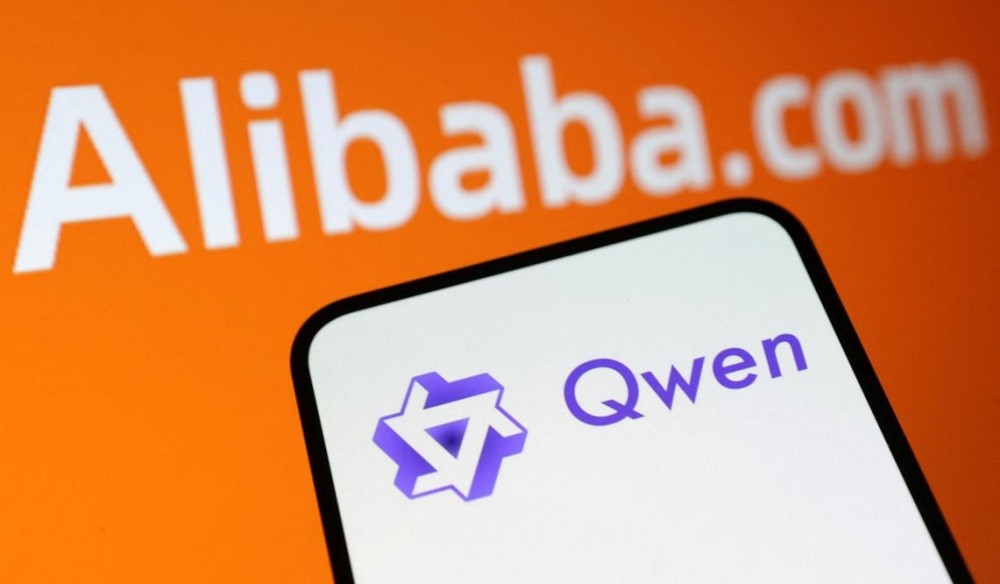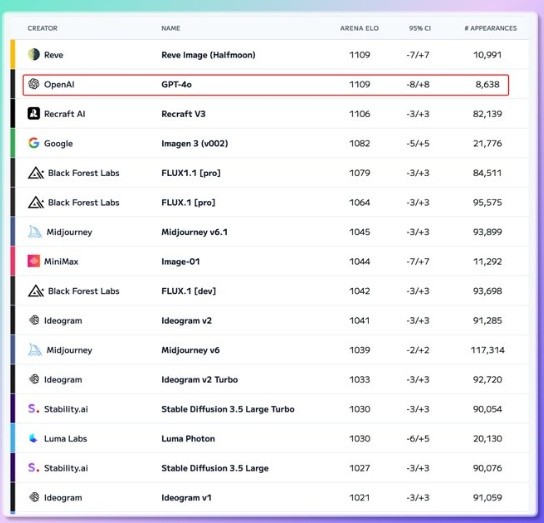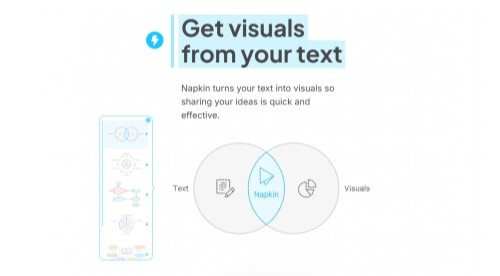
What is Napkin AI ?
Napkin AI is an artificial intelligence visual creation tool that can automatically convert text into visual effects, such as infographics, flowcharts, presentation slides, etc., helping users express their ideas quickly and effectively.
The main features of Napkin AI
Intelligent text analysis: no manual input prompt is required, and visual effects are generated directly based on the text content.
Editable visual elements: Supports custom adjustments to icons, decorators, connectors, colors and fonts to make the visual more personalized.
Multi-format export: supports PNG, PDF, SVG formats, and can be easily applied to different scenarios.
Multi-purpose application: suitable for presentations, blogs, social media, documents, etc., to enhance the attractiveness of content.
Applicable scenarios
Presentation: Quickly create professional slideshows with support for Google Slides, PowerPoint and Keynote.
Blog and social media: Generate high-quality visual content to enhance the interactive experience between readers and audiences.
Document production: Optimize document readability to make information clearer and more intuitive.
Pricing plan
Getting Started (Free): Suitable for individuals and small teams, supporting creation of up to 3 visual works.
Professional Plan (free during testing): Unlock all features including unlimited creation, night mode, teamwork, and more.
Enterprise Program (coming soon): Provides brand customization, exclusive support and advanced management permissions.
About Napkin AI
Napkin AI is designed to make it easy for everyone to express their ideas visually. We know the inefficiency of traditional communication methods, so we developed an AI tool that can automatically convert text into intuitive and editable visual effects.
Team Mission
Help users improve communication efficiency, allowing more people to use visual expression to easily convey complex concepts.
Team Members
Napkin AI is created by an international team, including AI experts, designers and engineers, dedicated to using technology to optimize information exchange.

